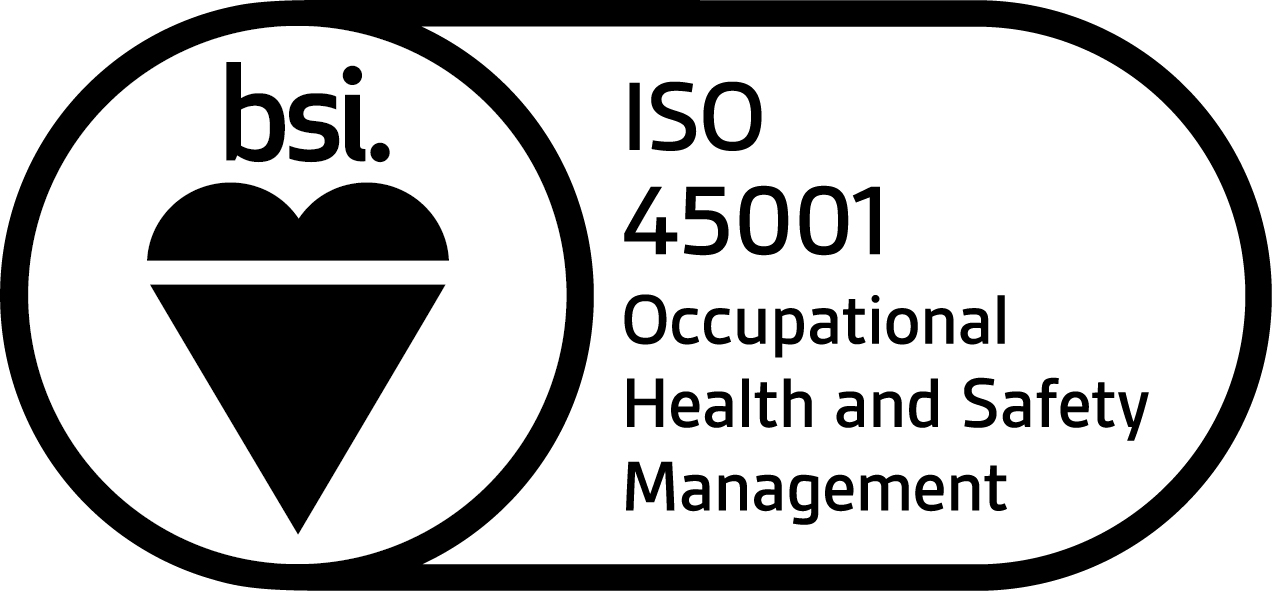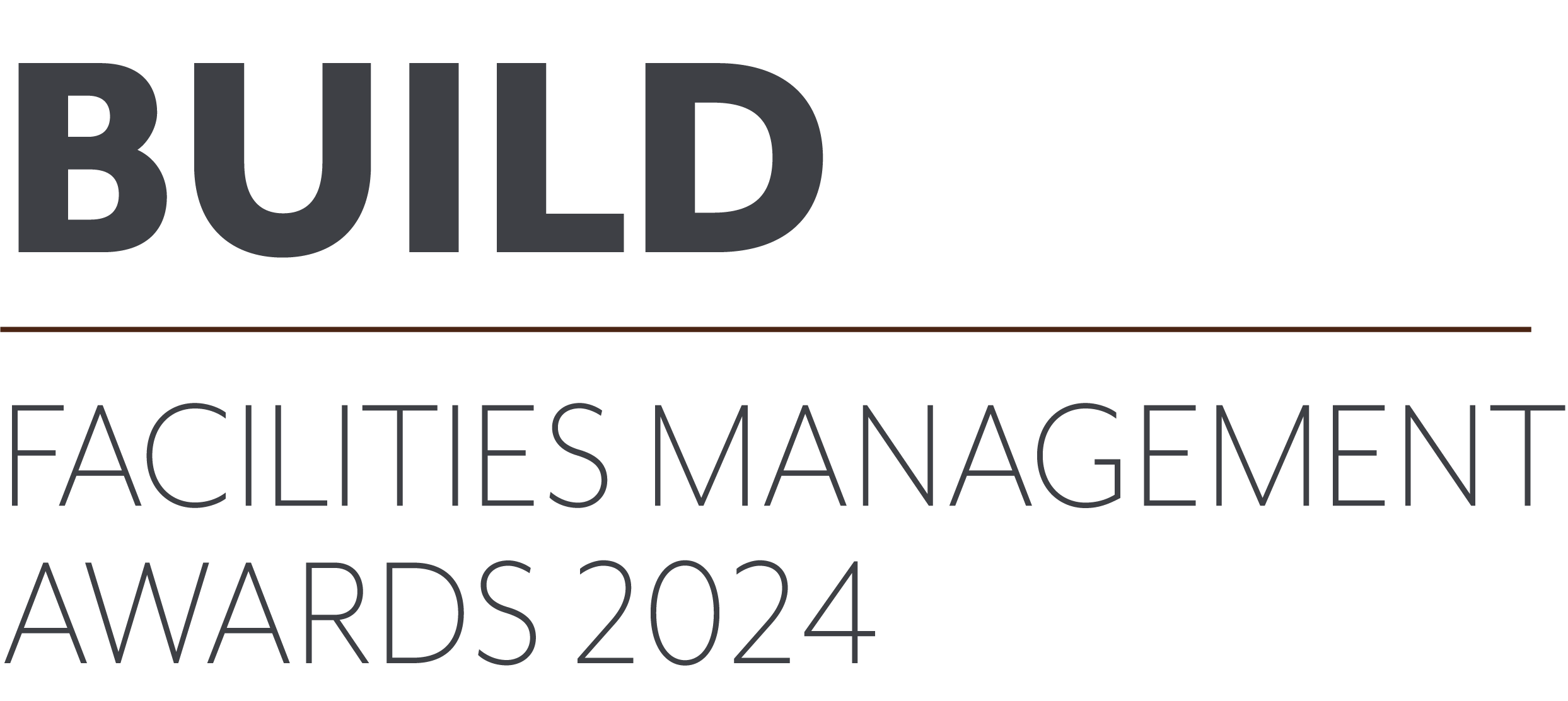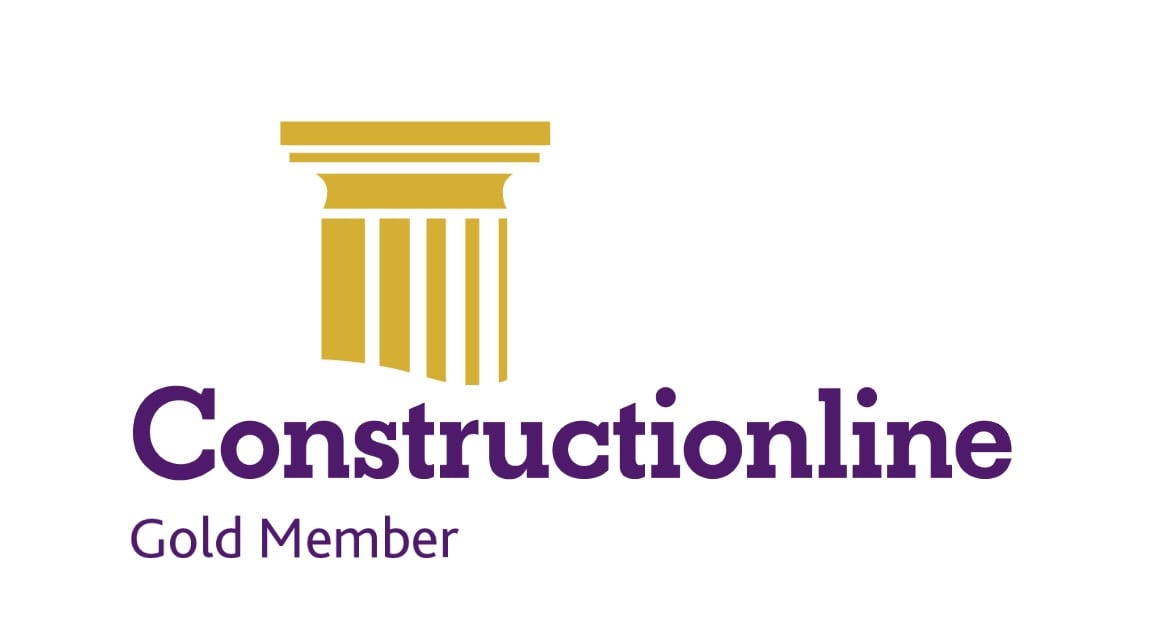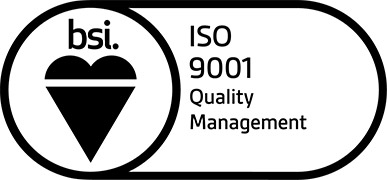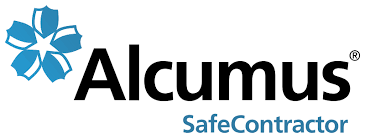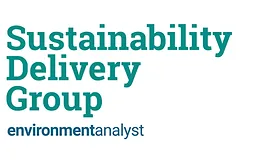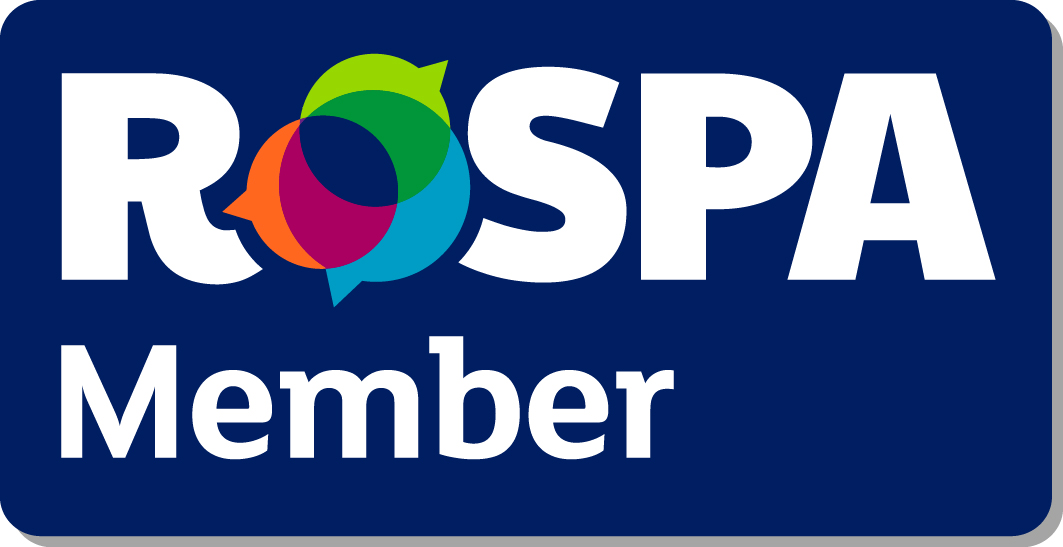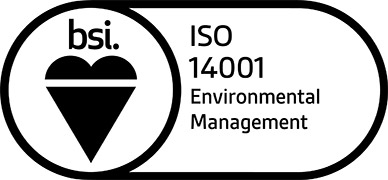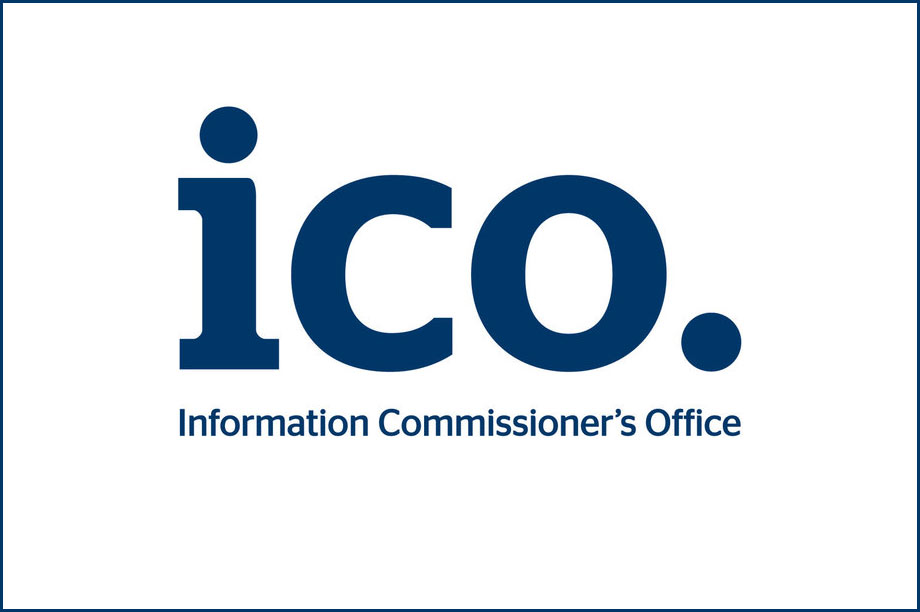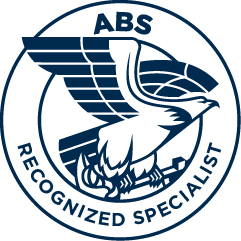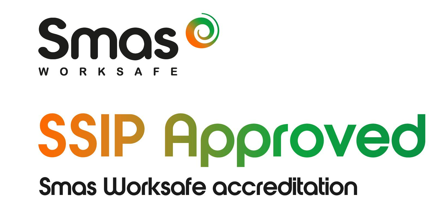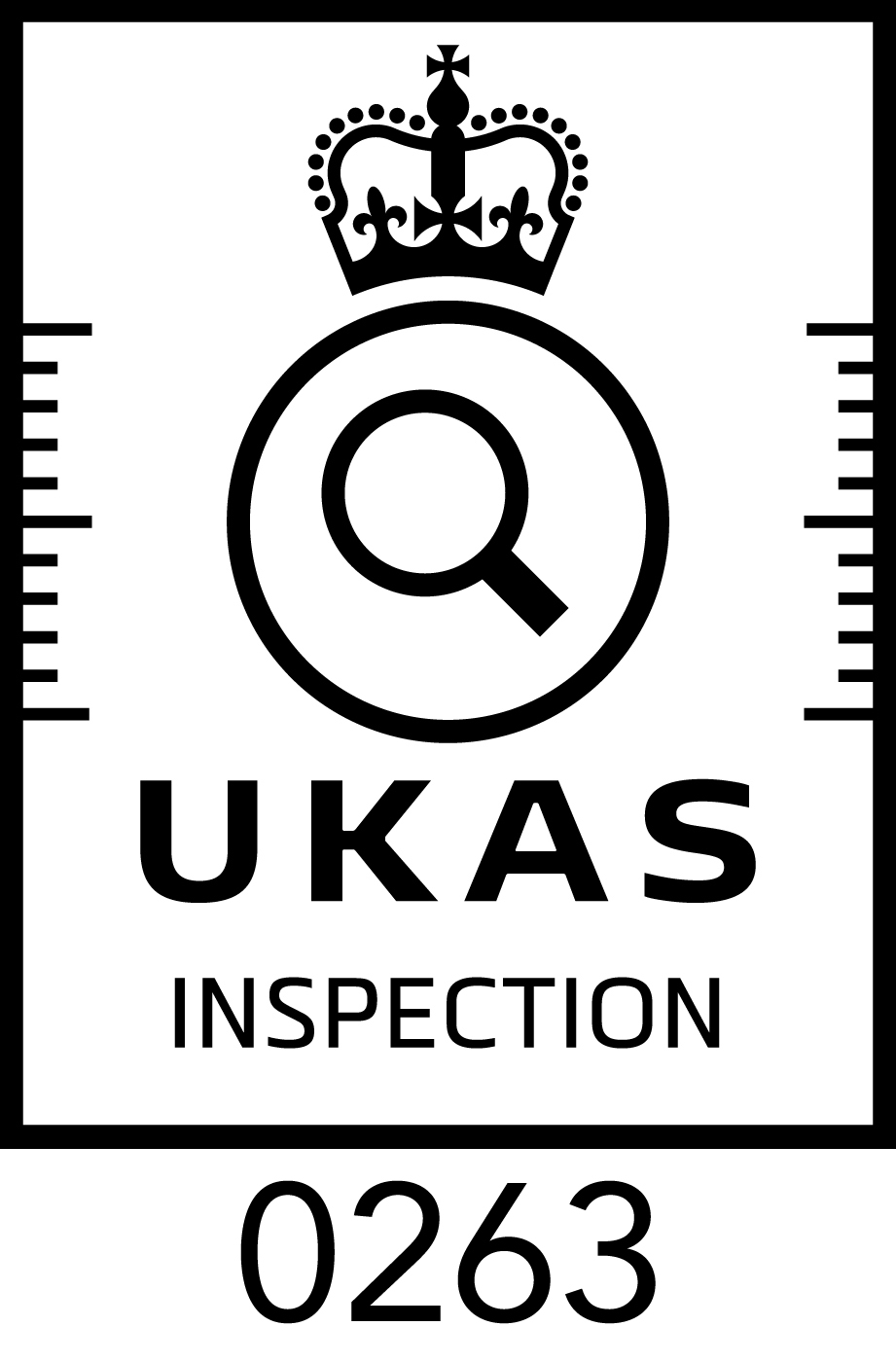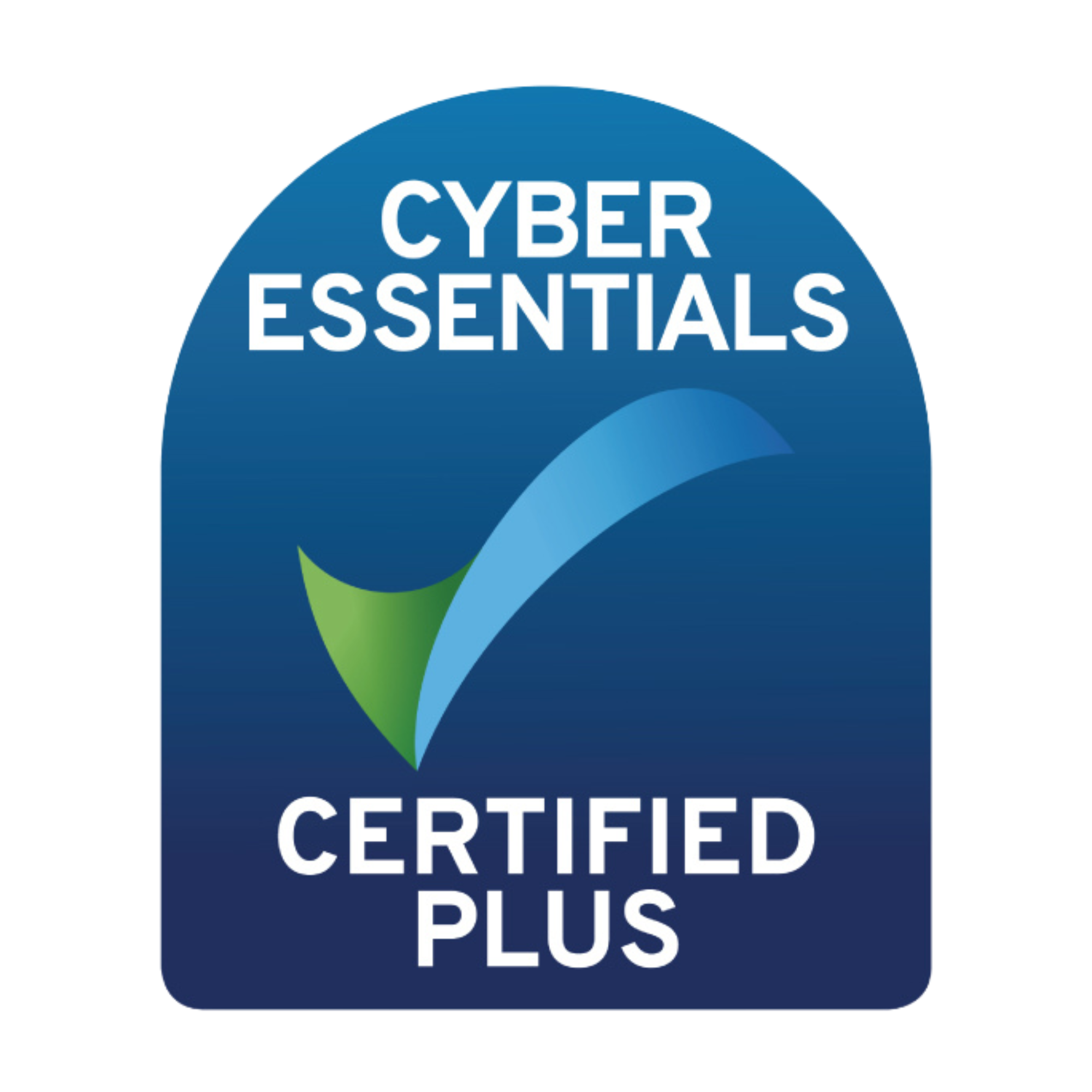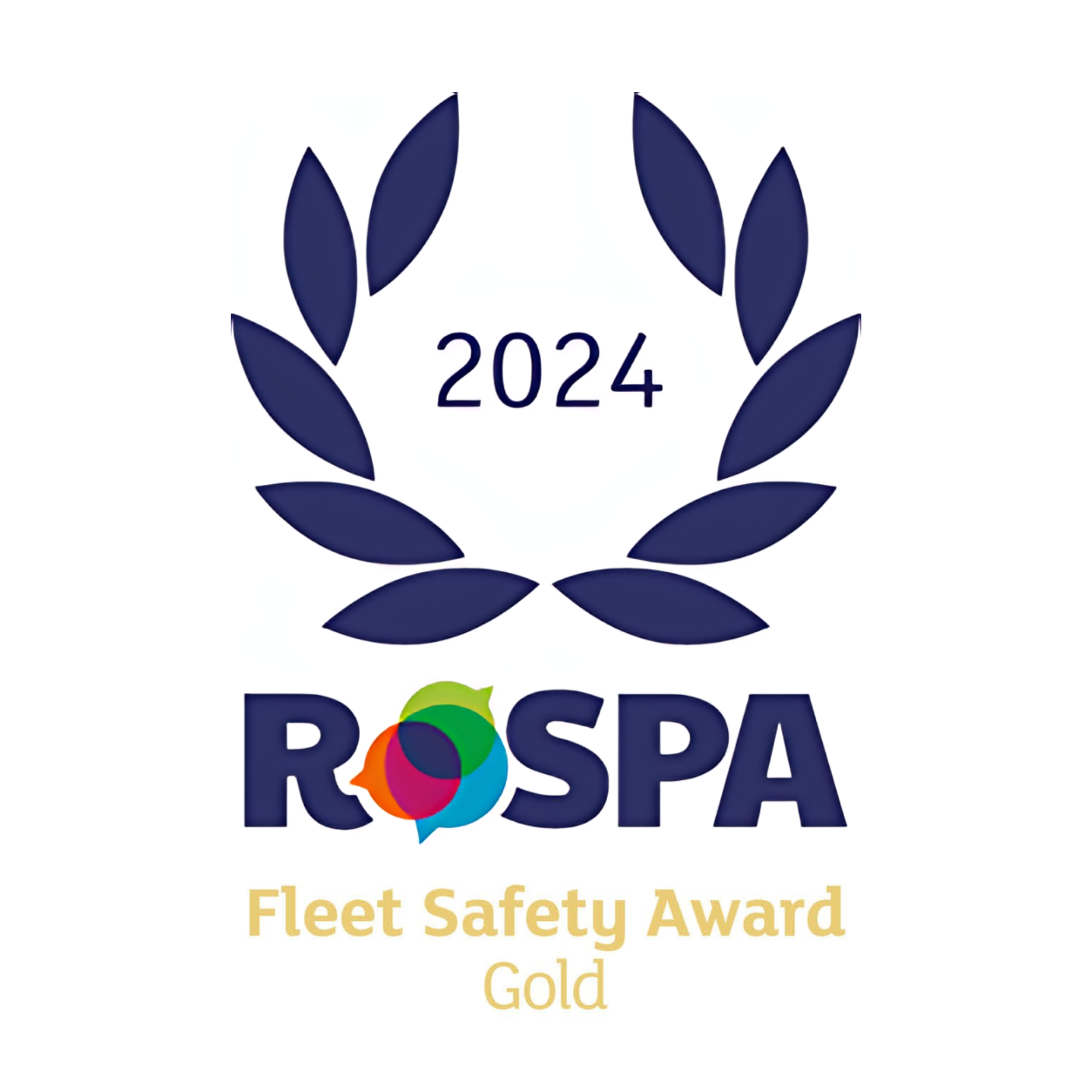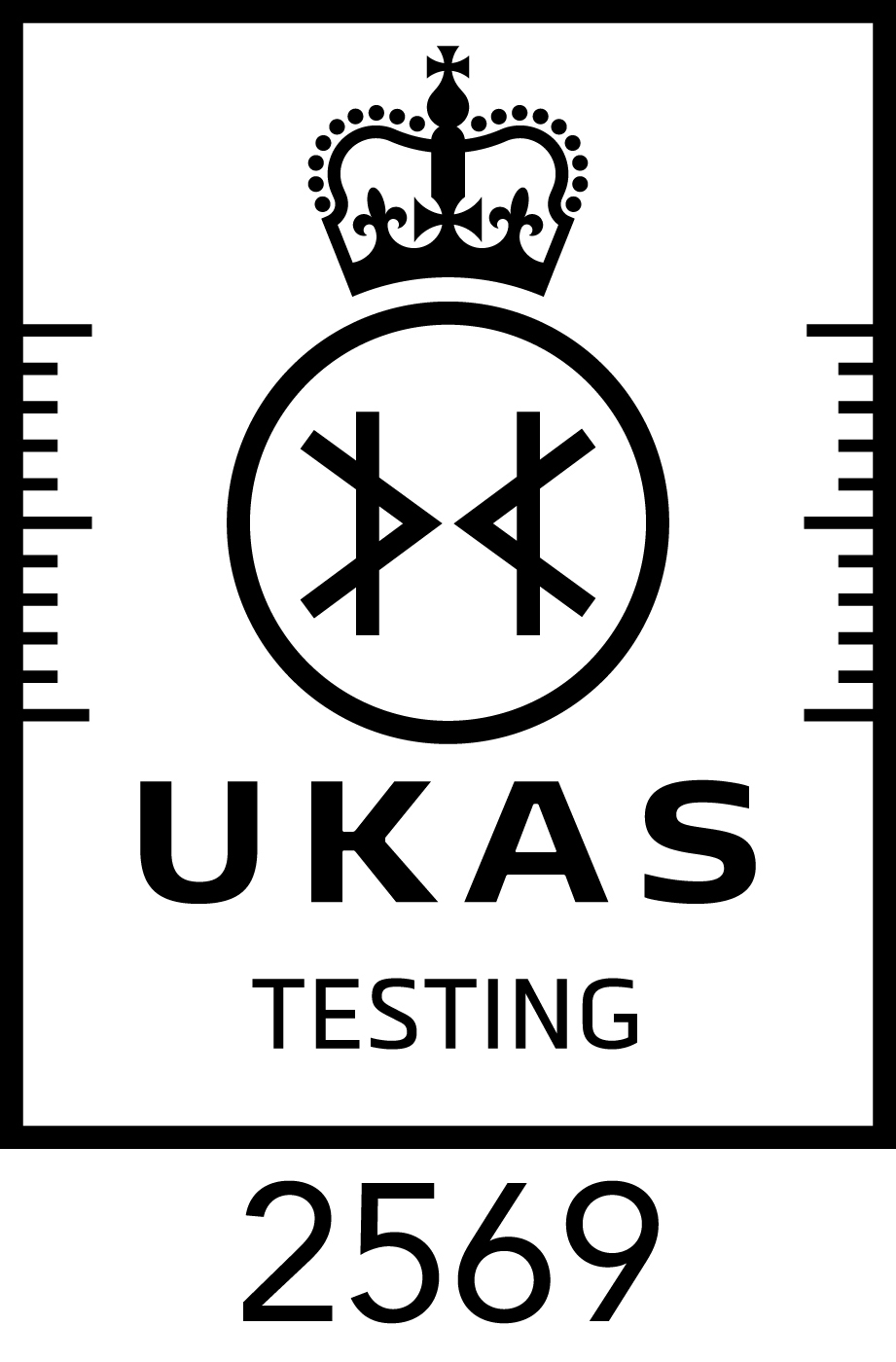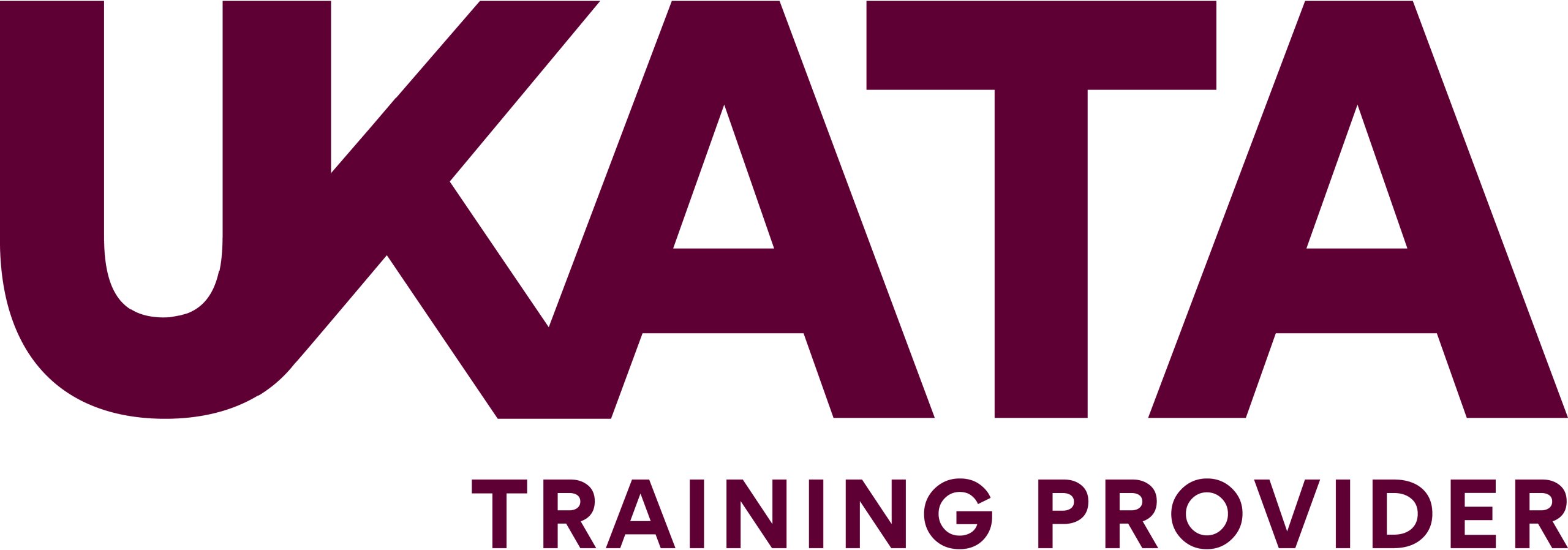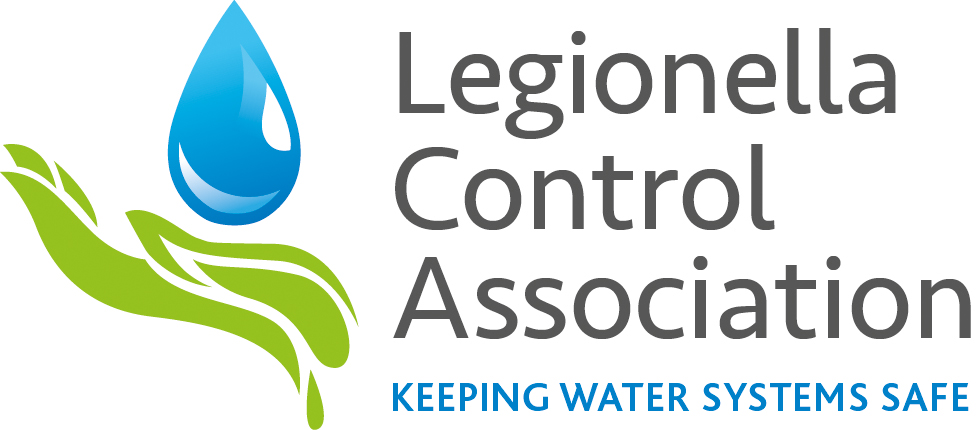Protecting people and planet
Protecting people and planet
Protecting people and planet
Protecting people and planet
Protecting people and planet
Stringent rules introduced with new Radon regulations

Lucion Group
6th April, 2018
Radon is a naturally occurring radioactive gas, originating from uranium deposits ground. Radon is typically more prevalent in areas where limestone and granite are closer to the surface – these areas are known as Radon Affected Areas. Atmospheric radon is all around us, but it can get trapped in buildings and accumulate to unsafe levels. As radon is the second biggest cause of lung cancer in the United Kingdom, catching up with smoking, the exposure limit has now been tightened in law and obligates employers to minimise the exposure of their employees to radon.
The key change to the IRR2017 is that the Non-Domestic Action Level has reduced from 400 Becquerels per cubic metre (Bqm-3) to 300Bqm-3.
Many employers have previously tested for radon. Where radon levels were greater than 300Bqm-3, but less than 400Bqm-3, no action was required. Now, under the new regulations, these workplaces would require remedial action.
As with any change in regulation, it is recommended that an employer re-tests to ensure that radon results are up-to-date and in line with current guidance.
Guidance also states that a Radon Risk Assessment can no longer be based on geographic location alone. A building in a high radon risk area may have low radon levels. Vice versa, a building in a low radon risk area can have very high radon concentrations. Every workplace should have a specific radon risk assessment, based on a number of factors.
Assess
Develop a Radon Risk Register considering the following factors?
- Is your workplace in a Radon Affected Area?
- Does your workplace have a basement, or partly-underground space which is occupied for more than one hour per week/52 hours per year?
- Does your workplace consist of a mine, cave or other underground environment?
- Is there another suspected source of radon such as ground water abstraction, handling geological samples, or radon diverted from neighbouring premises?
Measure
If radon is an identified hazard, in-situ testing is required following these steps:
- Install radon detectors for a three-month period in regularly habited spaces such as offices, meeting rooms, warehouses,
- For small enclosed office buildings, two detectors on the ground floor will be sufficient
- For buildings with a larger footprint, aim to install one radon detector for every 100m2 of floor area
- Place the detectors between seated head height and standing head height (between 1-1.5m) above floor level
- Do not place the detectors in direct sunlight; or next to sources of heat or other radiation
- After 90 days, collect the detectors and send to the laboratory for analysis
Act
If radon concentrations exceed 300Bqm-3, then the employer is required to take action limit exposure. Actions can be remedial work or control measures; and may include:
 Limiting the time employees spend in a particular area of the building
Limiting the time employees spend in a particular area of the building- Increasing ventilation rates
- Sealing cracks in the building foundations and gaps around building services
- Installation of radon sumps within the floor construction to remove radon before it enters the building
- Installation of radon membranes
Review
Once radon testing (and remedial actions) have been completed, employers must develop a protocol for re-testing within appropriate timescales:
- Where radon levels are tested and found to be low – re-testing every five to 10 years is advised
- Where radon levels are close to the domestic action Level of 200Bqm-3 – re-testing should be completed every two to three years
- Where remedial works have been completed
Notify
Only where reasonably practicable remedial actions have completed and residual radon levels are still above the Non-Domestic Action Level of 300Bqm-3 does an employer have to notify the HSE. This is the point at which the Ionising Radiation Regulations 2017 come into force.
As an employer, you may also need to notify employees (or any other affected parties, such as contractors) of elevated radon levels within the workplace. Radon is a sensitive subject and Delta-Simons can help employers to notify employees in a considerate, informative and effective manner. See our radon services, for further information contact Dan Ellis.
Register for IMPACT Bulletin
Don’t miss a beat - get the latest insights and updates from Lucion straight to your inbox.

